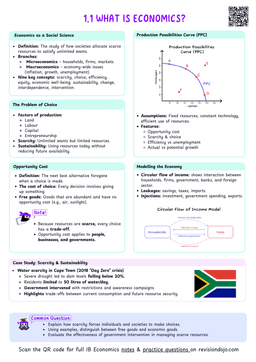Glycoproteins Are The “ID Badges” of Cells
Glycoprotein
A protein with carbohydrate chains attached, which are involved in cell recognition, signalling, and adhesion.
- Structure: The carbohydrate chains typically protrude from the cell surface, acting as identifiers for other cells.
- Function
- Cell–Cell Recognition: Like ID badges, glycoproteins enable cells to recognize and distinguish each other as “self” or “non-self.”
- Tissue Organization: During embryonic development, glycoproteins ensure cells attach in the correct location to form tissues.
- Immune Defense: Immune cells use glycoprotein “barcodes” to detect and eliminate pathogens or infected cells.
- Blood Type Compatibility: Glycoproteins on RBCs determine blood groups (e.g., ABO system).
How Does Cell–Cell Recognition Work?
- Carbohydrate “Barcodes”: The carbohydrate portion of glycoproteins is diverse, providing a unique marker for each cell type.
- Receptor Interactions
- When one cell encounters another, receptor proteins on the first cell’s membrane bind to specific carbohydrate chains on the glycoprotein of the second.
- This lock-and-key interaction ensures high specificity in recognizing cell identity.
- Consider how immune cells use glycoproteins to distinguish between the body's own cells (self) and foreign invaders (non-self).
- If the glycoprotein's carbohydrate chain is unfamiliar, the immune system launches an attack to neutralize the potential threat.
- Glycoproteins are dynamic.
- Their carbohydrate chains can be modified in response to changing cellular conditions, allowing cells to adapt their recognition signals as needed.
ABO Blood Group System: A Case Study in Glycoprotein Recognition
- Antigens on RBCs
- Type O: Carries a base glycoprotein (antigen O).
- Type A: Has an N-acetylgalactosamine added to antigen O.
- Type B: Has a galactose added to antigen O.
- Type AB: Possesses both modifications (A and B).
- Why It Matters
- Type O is called the “universal donor” since it lacks A or B modifications that might trigger an immune response.
- Type AB is the “universal recipient,” having both antigens and therefore no antibodies against A or B.
- Immune Response
- People naturally produce antibodies against non-self antigens.
- Mismatched blood transfusions can lead to agglutination (RBC clumping) and severe complications.


